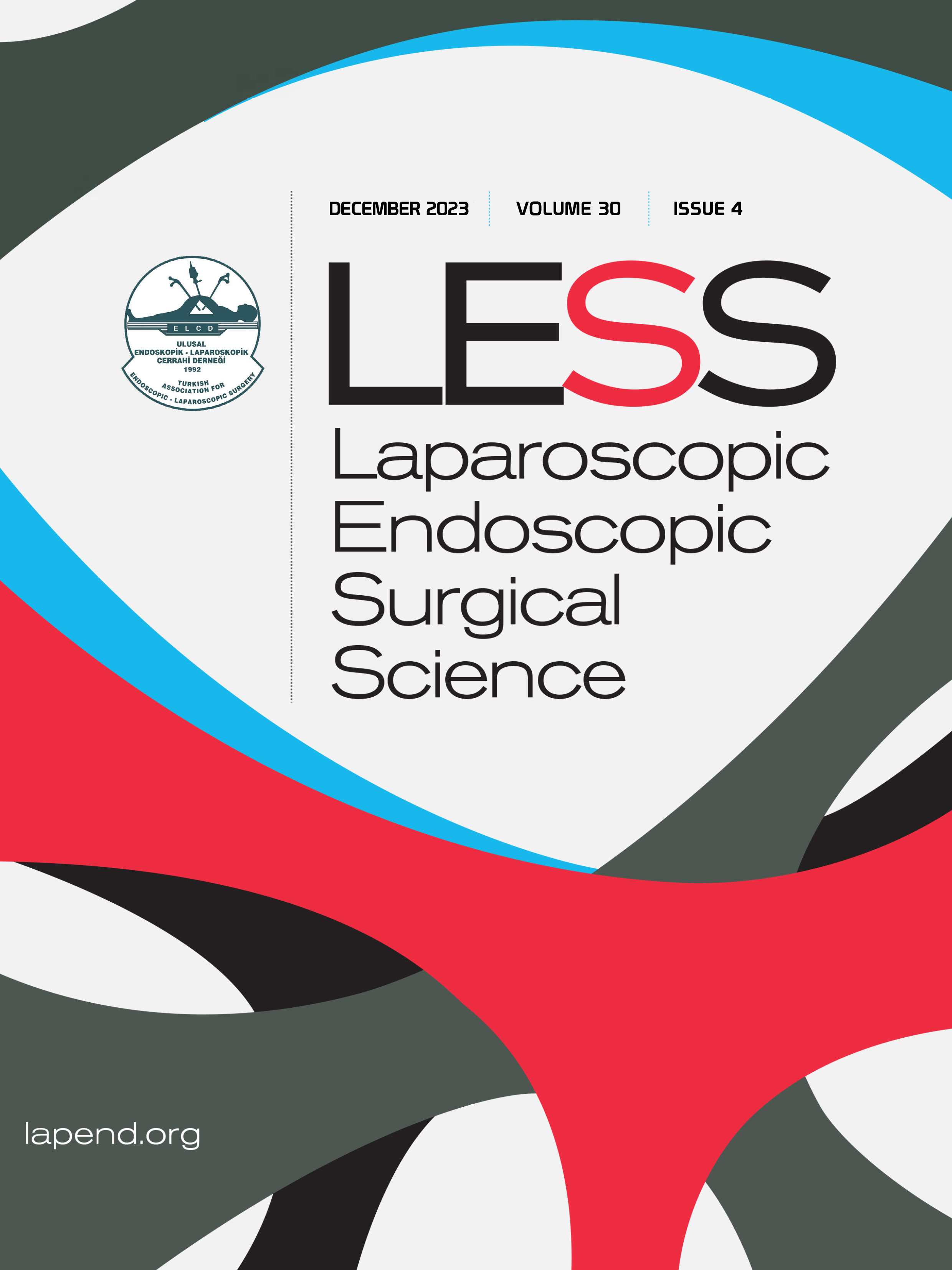A retrospective comparison of abdominal, vaginal, and laparoscopic hysterectomies performed in our clinic during the previous decade: A tertiary center experience
Bekir Sıtkı İsenlik1, Mehmet Velat Kalfagil1, Orkun Han1, Berna Gencel1, Zeynep Özturk Inal2, Hasan Ali Inal11Department of Obstetrics and Gynecology, Antalya Training and Research Hospital, Antalya, Türkiye2Department of Obstetrics and Gynecology, Konya City Hospital, Konya, Türkiye
INTRODUCTION: To evaluate the three types of hysterectomy performed at our clinic over the previous 10 years and to compare their operative outcomes.
METHODS: A total of 5,731 patients who underwent abdominal hysterectomy (AH, n=2,552), vaginal hysterectomy (VH, n=309), and laparoscopic hysterectomy (LH, n=2,870) procedures between January 2010 and December 2024 were included in the study. Age, body mass index, parity, uterine weight, operative time, blood loss, length of hospital stay, days of analgesia requirement, conversion rates from laparoscopy to laparotomy, surgical indications, additional surgical procedures, and major and minor intra- or postoperative complications were recorded and compared.
RESULTS: AH procedures predominated in 2015, although the rate of application decreased rapidly over the following two years. From 2017 onward, LH became the predominant method. Statistically significant differences were observed in terms of age (AH 51.14±3.72 vs. VH 57.12±5.32 vs. LH 56.26±5.84, respectively; p<0.05), operative time (76.91±14.41 vs. 73.03±12.35 vs. 85.02±19.27, respectively; p<0.05), blood loss (247.02±65.49 vs. 187.88±56.07 vs. 159.38±63.73; p<0.05), length of hospitalization (3.84±0.88 vs. 2.61±0.76 vs. 2.36±0.52; p<0.05), analgesia requirements (4.05±1.68 vs. 3.57±1.02 vs. 3.29±1.23; p<0.05), and uterine weight (251.84±86.48 vs. 128.76±52.79 vs. 204.30±71.67; p<0.05). No significant differences were detected between the groups in terms of major or minor intra- or postoperative complications.
DISCUSSION AND CONCLUSION: The study findings show that LH should be preferred by gynecologists as the primary type of hysterectomy due to its less invasive nature, faster postoperative recovery, and shorter hospital stay.
Keywords: Abdominal hysterectomy, complications, laparoscopic hysterectomy, operative outcomes, vaginal hysterectomy
Manuscript Language: English















